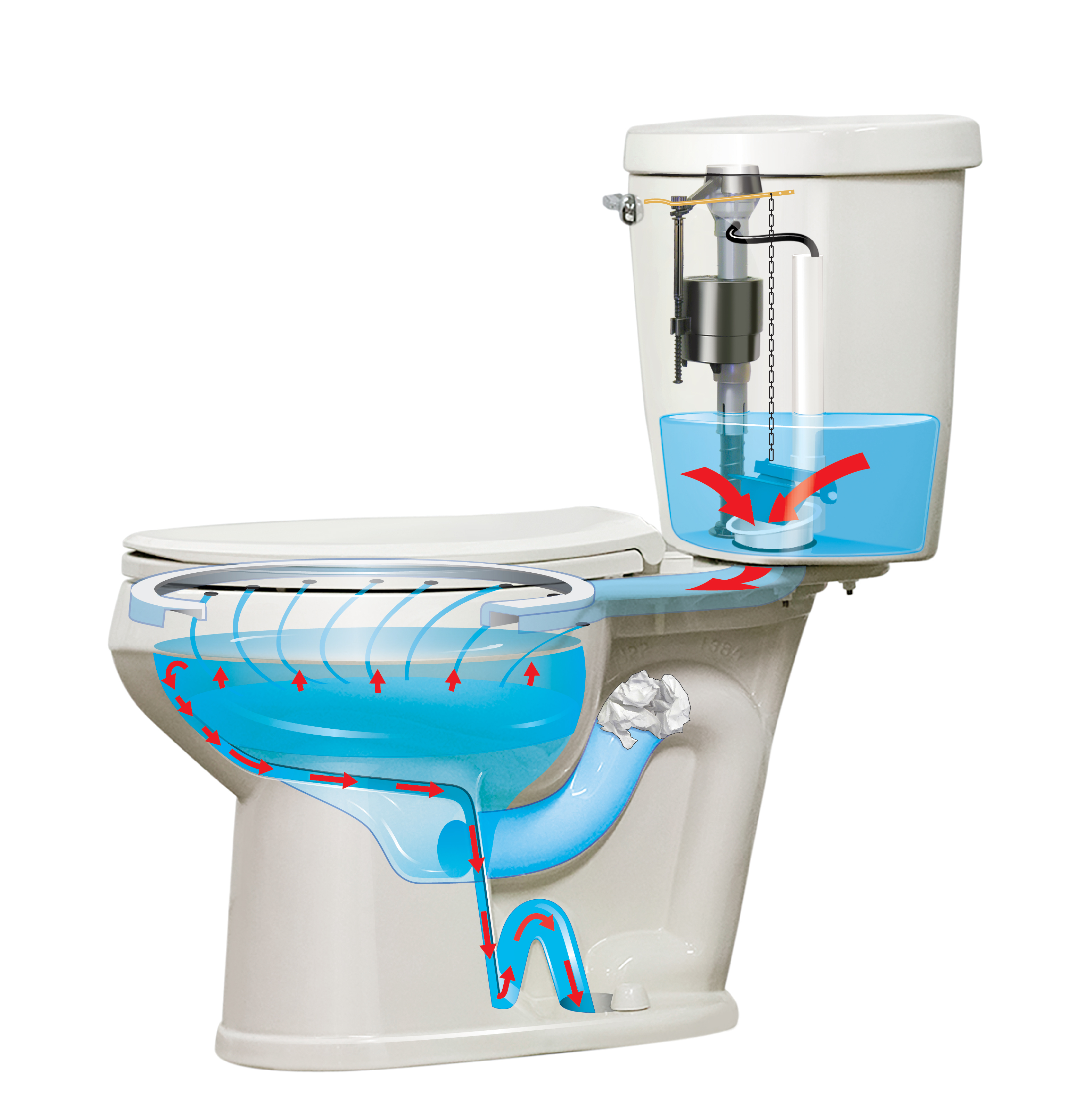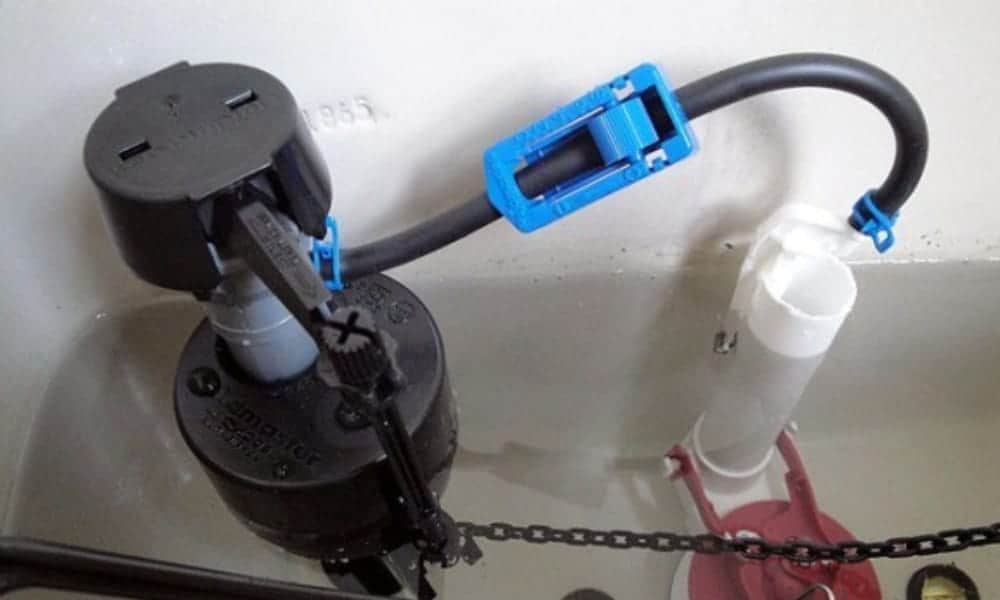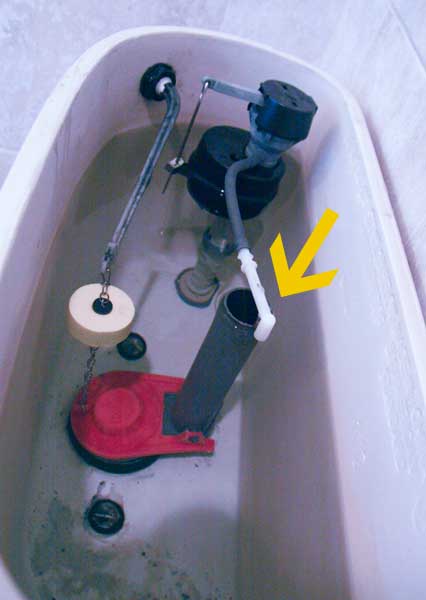



It’s made of rubber, and hence it is elastic. If it looks worn out or has hardened over time, then you will need to replace it.Carefully check if the seal is worn out, misaligned, or covered with debris/dirt.Hold the dual flush valve body firmly and give it a turn clockwise or counterclockwise to remove it.Remove the toilet tank lid and place it away in a safe place.Flush the toilet and hold the flush lever down to remove as much water as possible from the toilet tank.The toilet shut-off valve is located on the wall behind the toilet. Turn off the water supply to the toilet.
#AMERICAN STANDARD TOILET OVERFLOW TUBE HOW TO#
Let us see how to fix or replace a dual flush seal. Most of the time, when you have a dual flush toilet that won’t stop running, the problem is normally with the seal. How to Fix/Replace a Dual Flush Toilet Seal If it has hardened with time or is worn out, you will need to replace it. If, for instance, the dual flush valve seal is misaligned or just dirty, you will only need to fix it. To fix a constant toilet, you may or may not need to replace some toilet parts. How to Fix a Dual Flush Toilet that Constantly Runs If the problem does not seem to be the fill valve or float, the problem will most likely be the toilet seal. New toilet fill valves are sold with the toilet float included.
#AMERICAN STANDARD TOILET OVERFLOW TUBE FULL#
If the tank is full of water such that it is flowing through the overflow tube, then the problem is with your fill valve or toilet float.Ī toilet float height can be easily adjusted, while a faulty or leaking fill valve will have to be replaced. To do this, lift off the toilet tank lid and place it away in a safe place where it cannot fall and crack.Ĭheck the water level inside the tank relative to the overflow tube.

Diagnosing a Constantly Running Dual Flush Toiletīefore proceeding to fix a constantly running toilet, you will need to be sure whether the problem is with the fill valve or the toilet seal. The overflow tube is a large pipe in the middle of the tank that sends excess water back to the bowl to avoid overflowing. It will, therefore, continuously fill the tank with water and will need to be replaced. If the toilet float height is higher than recommended, the fill valve will continuously fill the tank with water as the excess water runs down to the bowl through the overflow tube.Īpart from the toilet float, the fill valve could also be defective in such a way that it’s not shutting even after the tank is full and the float has gone up to its normal position. The water level in the toilet tank should be about ½ inch below the overflow tube. As the tank fills with water, the float moves up gradually to its set height, where it will stop and the fill valve will shut. When you flush the toilet, the float moves to the bottom of the tank, and the fill valve, which until that moment was shut, opens and starts filling the tank. The float controls the opening and closing of the fill valve and also the water level in the toilet tank. In dual flush toilets, a float cup/cylinder is connected alongside the vertical body of the fill valve. It is connected from underneath the toilet tank to the water supply line, and its function is to fill the toilet tank after every flush. This could be one of the reasons why your toilet won’t stop running.Ī toilet fill valve is a toilet tank part installed mostly on the left-hand of the tank. If the toilet fill valve is the problem, it will keep on filling the tank with water which will flow down to the toilet bowl through the overflow tube. It could also result from a defective fill valve continuously filling the tank. If you have a dual flush toilet that is constantly running, the dual flush valve seal is most likely worn out, warped, or dirty and hence not sealing properly. Last Updated on Jby toilethaven Why is My Dual Flush Toilet Constantly Running?


 0 kommentar(er)
0 kommentar(er)
